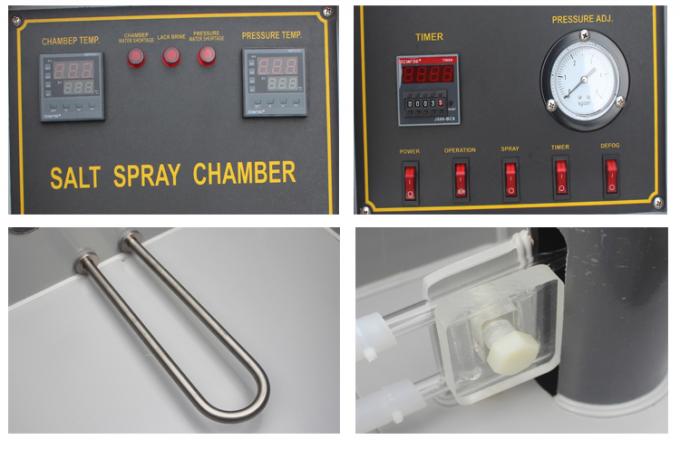- Qinsun Instruments Co., Ltd.
- Tell:+86-21-6780 0179
- Phone:+86-17740808215
- Address:No. 2578 Minhang District Gu Dai Road, Shanghai
- Contact:Mr. Li
- QQ:846490659
Selection of High Voltage Circuit Breakers

High voltage electrical appliances are devices used in high-voltage circuits to achieve closing, breaking, protection, control, regulation, and measurement. General high-voltage electrical appliances include switch appliances, measuring appliances, and current limiting and voltage limiting appliances.
In addition to rated voltage, rated current, thermal stability, and dynamic stability verification, the selection and verification conditions for high-voltage circuit breakers should also pay attention to the following points:
(1) The selection of types and types of circuit breakers for high-voltage circuit breakers should be based on the requirements of the installation location, environment, and usage conditions of the circuit breaker. Due to its simple manufacturing, low cost, and low maintenance workload, low oil circuit breakers are widely used in 3-220kV systems. However, in recent years, vacuum circuit breakers have been widely used in 35kV and below power systems, and there is a trend to replace oil circuit breakers. SF6 circuit breakers have also been developing towards medium voltage of 10-35kV and have been applied in the construction and renovation of urban and rural power grids.
Selection of recloser
When selecting a recloser, its rated parameters should meet the system conditions of the installation location. The specific requirements are:
Rated voltage: The rated voltage of the recloser should be equal to or greater than the operating voltage of the system at the installation location.
Rated current: The rated current of the recloser should be greater than the expected long-term load current at the installation location. In addition, attention should also be paid to whether the rated current of the recloser meets the parameters determined by factors such as contact current carrying capacity and temperature rise. To meet the requirements of protection coordination, the rated current of series coils and current transformers should also be selected. Usually, there is a large margin when selecting the rated current of the recloser. The selection of series coils should be based on the actual expected load.
Selection of Segmenters
When selecting a segmenter, attention should be paid to the following issues:
The rated starting current of the starting current divider should be 80% of the small opening current of the backup protection switch. When the hydraulic control segmenter is used in conjunction with the hydraulic control recloser, a series coil with the same rated current can be selected for the segmenter and recloser. Because the starting current of the hydraulic segmented circuit breaker is 1.6 times the rated current of its series coils, while the small opening current of the hydraulic reclosing circuit breaker is twice the rated current of its series coils. The starting current of the electronic control segmented device can be directly set according to its rated current, but it must meet the above "80%" principle. The setting value of the electronic recloser is the actual operating value, and coordination requirements should be considered.
The counting times of the segmented device should be one less than the overlap times of the backup protection switch. When several segmented devices are used in series, the load side segmented devices should have one less count in sequence than their power side segmented devices. In this case, hydraulic segmenters usually do not need to reduce their starting current value to achieve coordination between various series segmenters, but instead use different counting times to avoid misoperation of the segmenter caused by surge currents in the network.





